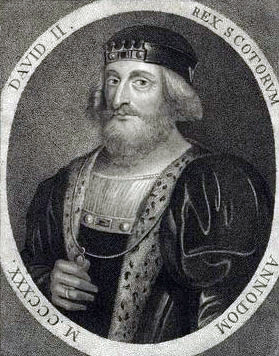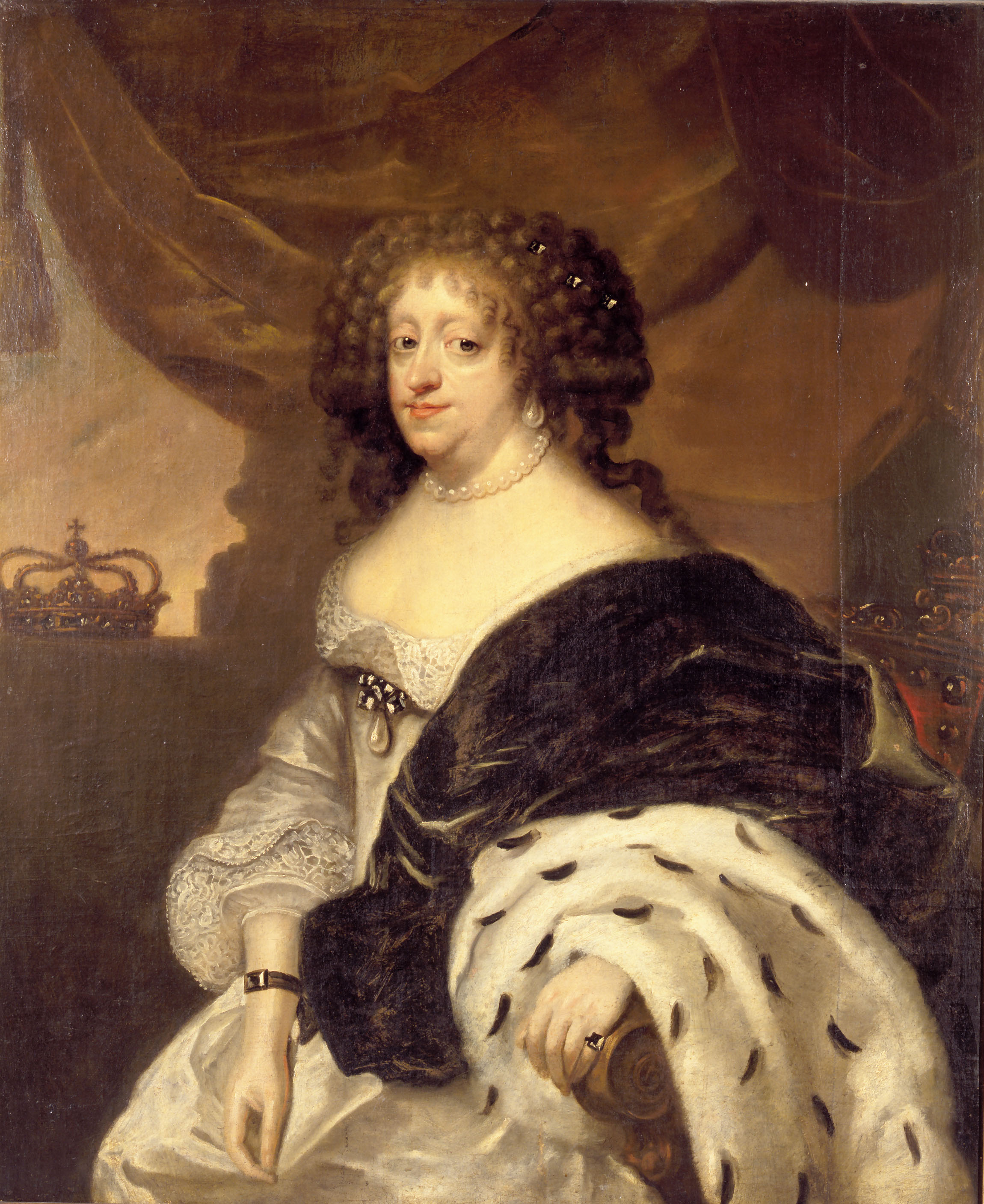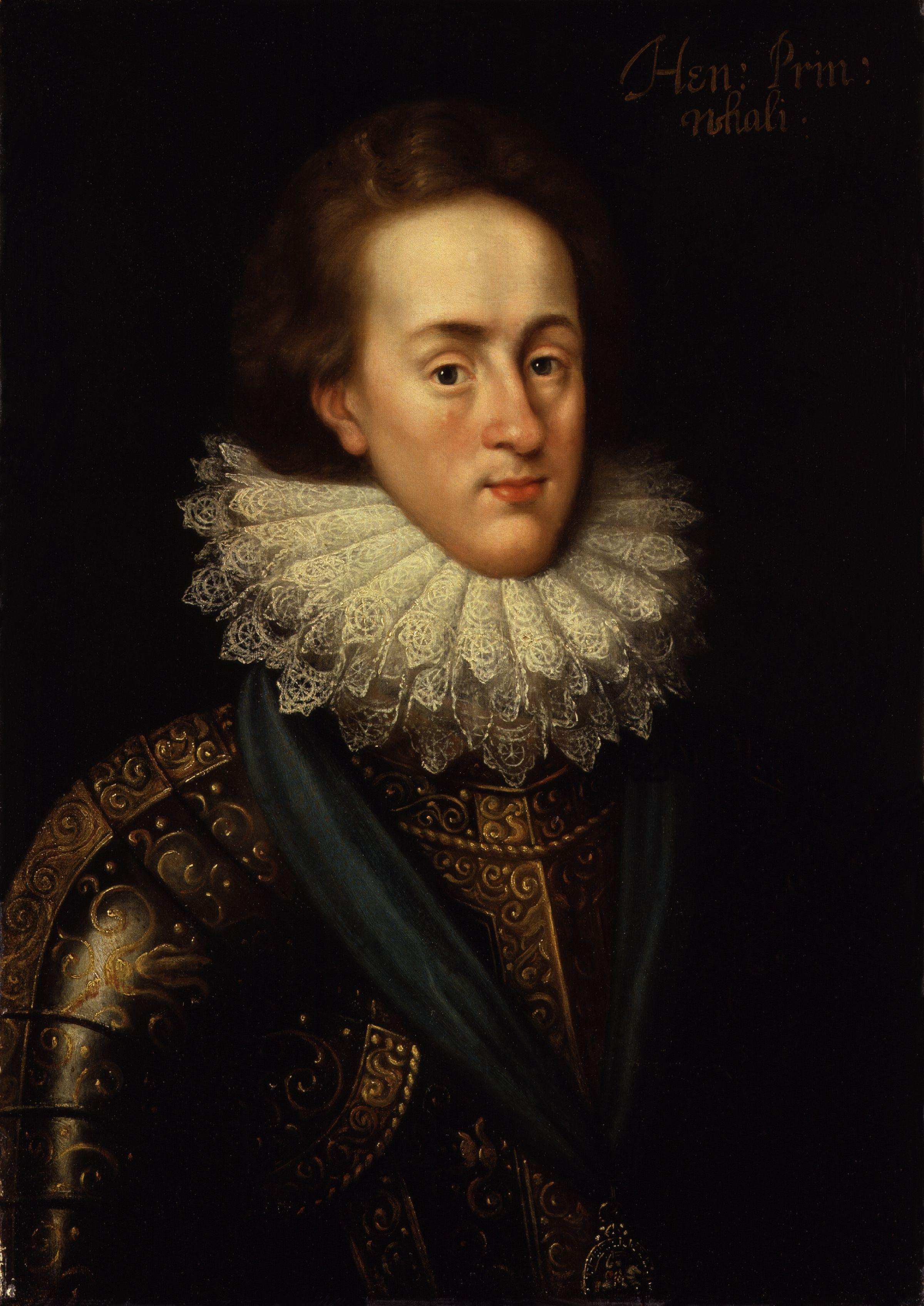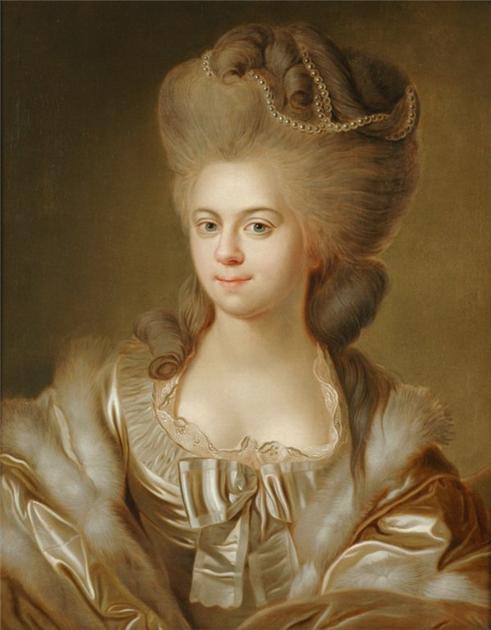© Unofficial Royalty 2025

King Eric XIV of Sweden; Credit – Wikipedia
February 26, 1275 – Death of Margaret of England, daughter of King Henry III of England, wife of Alexander III, King of Scots, at Cupar Castle in Fife, Scotland; buried at Dunfermline Abbey in Fife, Scotland
The betrothal of Margaret and the future Alexander III, King of Scots was part of a peace negotiation arranged by their fathers. Four years after the betrothal, 7-year-old Alexander became King of Scots. In 1251, at York Minster in York, England, 11-year-old Margaret became Queen of Scots when she married 10-year-old King Alexander III. The wedding celebrations were festive and attended by many people including 1,000 English and 600 Scottish knights. The couple had three children but the death of their only surviving son caused a succession issue. Margaret and her husband attended the coronation of her brother King Edward I of England on August 19, 1274, at Westminster Abbey, but Margaret only lived for six more months. At the age of 34, she died on February 26, 1275, at Cupar Castle in Fife, Scotland, and was buried at Dunfermline Abbey in Fife, Scotland where many Scottish royals were buried.
Unofficial Royalty: Margaret of England, Queen of Scots
February 26, 1416 – Birth of Christopher III, King of Denmark, Norway, and Sweden, born Christopher of Bavaria in Neumarkt in der Oberpfalz, then in Palatinate-Neumarkt, now in the administrative region of the Upper Palatinate in Bavaria, Germany.
Christopher was King of Denmark (1440 – 1448), Sweden (1441 – 1448), and Norway (1442 – 1448) during the era of the Kalmar Union, a personal union from 1397 to 1523 of the three kingdoms of Denmark, Sweden, and Norway. In 1445, 29-year-old Christopher III married 15-year-old Dorothea of Brandenburg. The marriage was childless and lasted less than three years. On January 5, 1448, 31-year-old Christopher suddenly died at Kärnan Fortress in Helsingborg, Sweden. He is buried at Roskilde Cathedral in Roskilde, Denmark.
Unofficial Royalty: Christopher III, King of Denmark, Norway, and Sweden
February 26, 1577 – Death of King Eric XIV of Sweden at Örbyhus Castle in Sweden; buried at Västerås Cathedral in Sweden
Erik was the only child of King Gustav I Vasa of Sweden and his first wife Katharina of Saxe-Lauenburg. Early in his reign, he showed signs of mental instability, a condition that eventually led to insanity. Some scholars claim that his illness began early during his reign, while others believe that it first manifested with the Sture murders in which he and his guards killed six men. Deposed by his half-brother who became King Johan III of Sweden, Erik was imprisoned, and likely murdered by arsenic poisoning. Erik, having been deposed and imprisoned, was most likely murdered. An examination of his remains in 1958 confirmed that Erik probably died of arsenic poisoning.
Unofficial Royalty: King Eric XIV of Sweden
February 26, 1603 – Death of Maria of Spain and Austria, Holy Roman Empress, Queen of Bohemia, Queen of Hungary and Croatia, Archduchess of Austria, at Monastery of Santa Clara de las Descalzas Reales in Madrid, Spain where she was also buried
Maria, Infanta of Spain, Archduchess of Austria was the wife of her first cousin Maximilian II, Holy Roman Emperor. She was the daughter of Charles V, Holy Roman Emperor (also Carlos I, King of Spain; Karl I, Archduke of Austria; Charles II, Lord of the Netherlands, Duke of Burgundy, among many other titles) and Isabella of Portugal. Maria and Maximilian had fifteen children. After Maximilian’s death, Maria remained in Vienna for six years and had great influence over her sons Rudolf and Matthias, both Holy Roman Emperors. She then retired to the Monastery of Santa Clara de las Descalzas Reales in Madrid, Spain, founded in 1559 by her younger sister Juana, where she died in 1603 and was buried.
Unofficial Royalty: Maria of Spain and Austria, Holy Roman Empress, Queen of Bohemia, Queen of Hungary and Croatia, Archduchess of Austria
February 26, 1861 – Birth of Ferdinand I, Tsar of Bulgaria, born Prince Ferdinand of Saxe-Coburg-Gotha-Koháry at the Palais Coburg in Vienna, Austria
Born Prince Ferdinand of Saxe-Coburg-Gotha-Koháry, he was elected Knyaz (Prince) of Bulgaria in 1887. In 1908, Ferdinand elevated Bulgaria to a kingdom and became Tsar Ferdinand I. The Balkan War and World War I consumed much of the next ten years. On October 3, 1918, taking full responsibility for Bulgaria’s loss in World War I, Ferdinand abdicated in favor of his son Boris. Ferdinand settled in Coburg, Germany where he devoted his time to his favorite pastimes, art, gardening, travel, and history. In 1943, his son Tsar Boris III died, and then in 1945, Ferdinand’s other son Kyril was executed. His young grandson Simeon was deposed in 1946, and the Bulgarian monarchy was abolished. Heartbroken at the loss of his family and his kingdom, Ferdinand died in Coburg. Unable to be buried in Bulgaria at the time, his remains were temporarily placed in the crypt of St. Augustine’s Church in Coburg, Germany next to those of his parents. On May 29, 2024, the remains of Ferdinand I were transported from Coburg to Sofia, Bulgaria where they were interred in the Palace Crypt at Vrana Palace on the outskirts of Sofia.
Unofficial Royalty: Tsar Ferdinand I of Bulgaria
February 26, 1869 – Birth of Prince Albert, Duke of Schleswig-Holstein, grandson of Queen Victoria, at Frogmore House in Windsor, England
Full name: Albert John Charles Frederick Alfred George
Prince Albert was the son of Princess Helena, daughter of Queen Victoria, and Prince Christian of Schleswig-Holstein. He never married but succeeded his childless first cousin, Ernst Günther, as titular Duke of Schleswig-Holstein-Sonderburg-Augustenberg. Shortly before his death, he recognized an illegitimate daughter, Valerie Marie.
Unofficial Royalty: Prince Albert, Duke of Schleswig-Holstein
February 26, 1909 – Birth of King Talal of Jordan in Mecca in the Hejaz, then part of the Ottoman Empire, now part of the Kingdom of Saudi Arabia
At the time of the death of his father, the first King of Jordan, Abdullah I, Talal was in a sanatorium in Switzerland being treated for a nervous breakdown. At first, it was unsure whether Talal would succeed his father due to his mental condition, but on September 5, 1951, he was proclaimed King of the Hashemite Kingdom of Jordan. On June 4, 1952, the Jordanian Cabinet announced that it was necessary to form a Regency Council because Talal’s condition had worsened. The Jordanian Parliament declared Talal mentally unfit on August 11, 1952, and proclaimed his eldest son Hussein King of Jordan. Talal died on July 7, 1972, in Istanbul, Turkey where he had spent the last years of his life in a sanatorium reportedly being treated for schizophrenia.
Unofficial Royalty: King Talal of Jordan
February 26, 1933 – Death of Thyra of Denmark, Crown Princess of Hanover, daughter of King Christian IX of Denmark and wife of Ernst Augustus, Crown Prince of the defunct throne of Hanover, at Schloss Cumberland in Gmunden, Austria, buried with her husband in the family mausoleum in Gmunden
Thyra was the sister of King Frederik VIII of Denmark, Queen Alexandra of the United Kingdom, King George I of Greece, and Empress Maria Feodorovna of Russia. She married Ernst August II, Crown Prince of Hanover. Although she never officially became a queen like her sisters, Thyra was the titular queen consort of Hanover as her husband had never renounced his rights to the throne. She also counts among her descendants King Constantine II of Greece, his sister Queen Sofia of Spain, Queen Sofia’s son King Felipe VI of Spain, and future Spanish monarchs. Thyra died at the age of 80 and is buried with her husband in the family mausoleum in Gmunden, Austria.
Unofficial Royalty: Thyra of Denmark, Crown Princess of Hanover
February 26, 1933 – Death of Grand Duke Alexander Mikhailovich of Russia, husband of Grand Duchess Xenia Alexandrovna of Russia (daughter of Alexander III, Emperor of All Russia), at Villa St Thérèse in Roquebrune-Cap-Martin, France; buried at the Cimetière de Roquebrune-Cap-Martin in France
Grand Duke Alexander Mikhailovich of Russia, known as Sandro, was the son of Grand Duke Michael Nikolaevich of Russia (son of Nicholas I, Emperor of All Russia). In 1894, Sandro married Grand Duchess Xenia Alexandrovna of Russia, the sister of Sandro’s friend, Nicholas II, Emperor of All Russia, and the daughter of Alexander III, Emperor of All Russia and Dagmar of Denmark (Empress Maria Feodorovna). The couple had one daughter and six sons and they are the ancestors of most of the current Romanov descendants. Sandro and Xenia escaped during the Russian Revolution. Sadly, Sandro was the only one of four surviving brothers to escape Russia. In July 1918, his brother Sergei was killed by the Bolsheviks with Grand Duchess Elisabeth Feodorovna and four other Romanovs. His brothers Nicholas and George along with two other Grand Dukes were shot in January 1919 at the Fortress of St. Peter and Paul in St. Petersburg. Sandro died on February 26, 1933, at Villa St Thérèse in Roquebrune-Cap-Martin, France at the age of 66.
Unofficial Royalty: Grand Duke Alexander Mikhailovich of Russia
February 26, 1954 – Birth of Prince Ernst August of Hanover in Hanover, Lower Saxony, West Germany, now in Germany
Full name: Ernst August Albert Paul Otto Rupprecht Oskar Berthold Friedrich-Ferdinand Christian Ludwig
Ernst is the senior direct male-to-male descendant of King George III of the United Kingdom. He is descended from George III’s son, Ernest, Duke of Cumberland, who became King of Hanover (due to the Salic Law which did not allow female succession) following King William IV’s death and the accession of Queen Victoria’s accession. He is the current pretender to the thrones of the Kingdom of Hanover and the Duchy of Brunswick.
Unofficial Royalty: Ernst August, Prince of Hanover
February 26, 1959 – Death of Princess Alexandra, 2nd Duchess of Fife, daughter of Alexander Duff, Duke of Fife and Louise, Princess Royal (daughter of King Edward VII of the United Kingdom) at Avenue Road, London, England; buried at Mar Lodge Chapel in Braemar, Aberdeenshire, Scotland
Alexandra was the eldest surviving child of Princess Louise, Princess Royal and Alexander Duff, 1st Duke of Fife, and a grandchild of King Edward VII of the United Kingdom. She married her first cousin once removed, Prince Arthur of Connaught, the only son of Prince Arthur, Duke of Connaught. After her father’s death, Alexandra became the Duchess of Fife in her own right. Alexandra died at her home in London on February 26, 1959, at the age of 67. She is buried in the private chapel in the mausoleum of Mar Lodge in Braemar, Aberdeenshire, Scotland where her parents are buried.
Unofficial Royalty: Princess Alexandra, 2nd Duchess of Fife
February 26, 2000 – Death of Giovanna of Savoy, Tsaritsa of Bulgaria, wife of Tsar Boris III of Bulgaria, in Estoril, Portugal; buried at the Basilica of San Francesco d’Assisi in Assisi, Italy
Giovanna was the daughter of King Vittorio Emanuele III of Italy and Princess Elena of Montenegro. In 1930, she married Tsar Boris III of Bulgaria. The couple had two children including Tsar Simeon III who succeeded his father. As Simeon Borisov Sakskoburggotski (Saxe-Coburg-Gotha), the former Tsar Simeon served as Prime Minister of Bulgaria from 2001 to 2005 and as party leader until 2009. After the Soviet invasion and the abolition of the monarchy in the 1940s, the family lived in exile. In 1993, following the fall of the communist regime, Giovanna made a memorable visit to Bulgaria, on the 50th anniversary of her husband’s death. She died in Estoril, Portugal on February 26, 2000. Following her wishes to be buried in Italy, she was buried at the Chapel of the Friars at the Basilica of St. Francis of Assisi in Assisi, Italy.
Unofficial Royalty: Giovanna of Savoy, Tsaritsa of Bulgaria
This article is the intellectual property of Unofficial Royalty and is NOT TO BE COPIED, EDITED, OR POSTED IN ANY FORM ON ANOTHER WEBSITE under any circumstances. It is permissible to use a link that directs to Unofficial Royalty.









